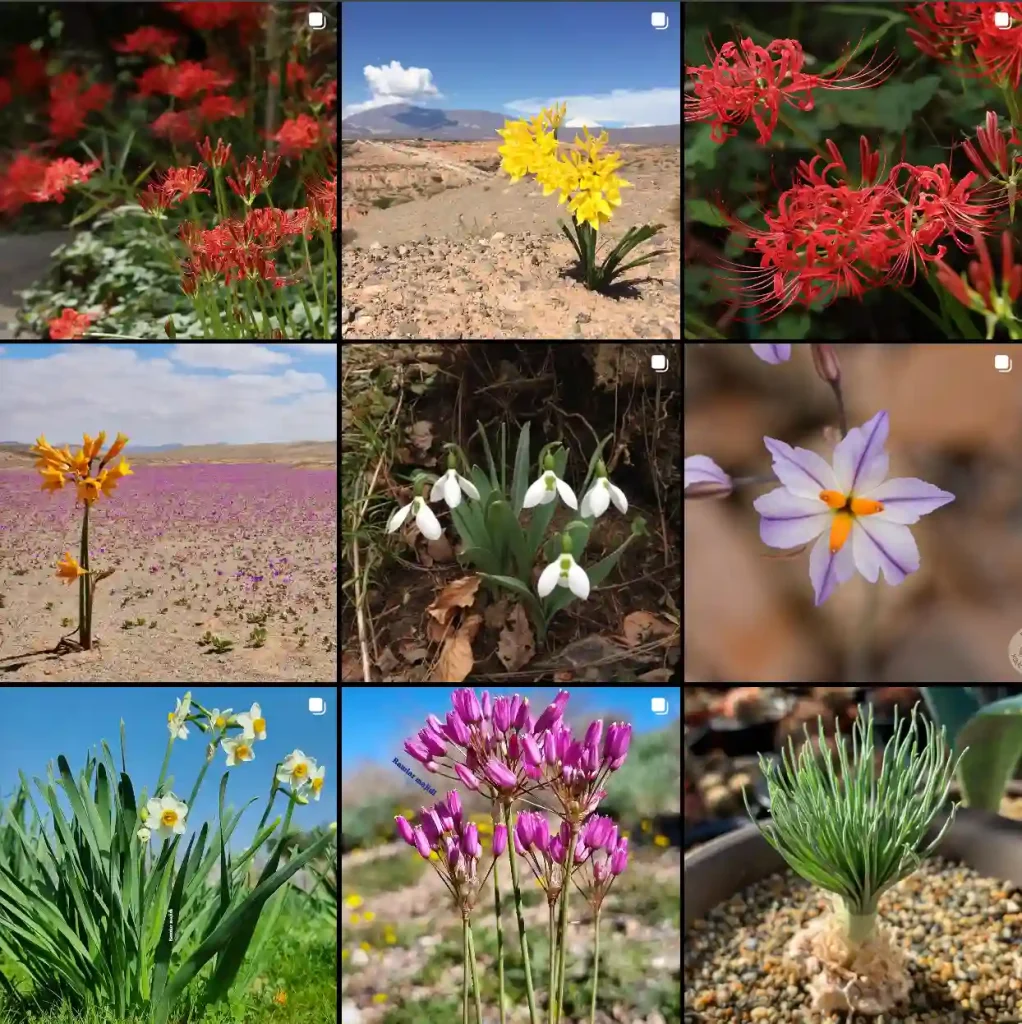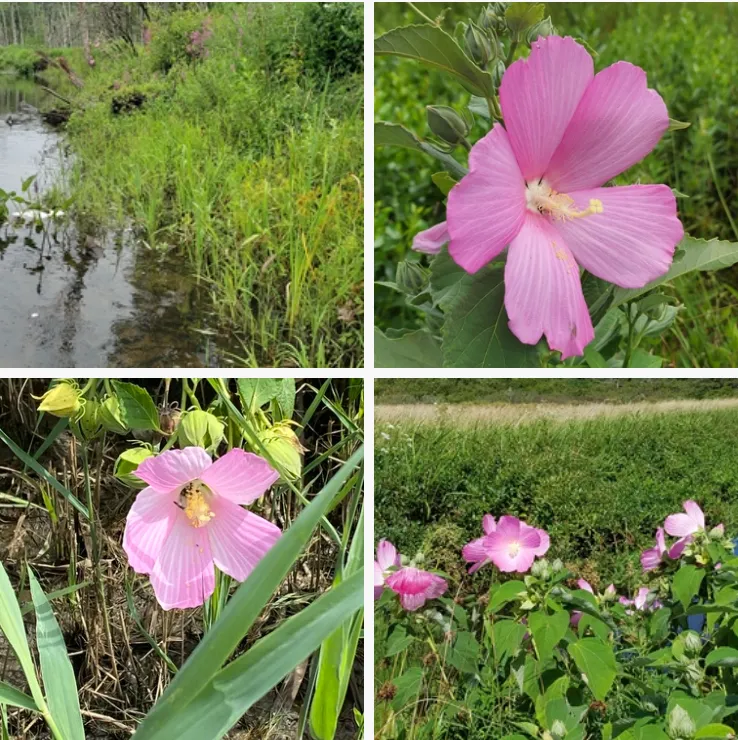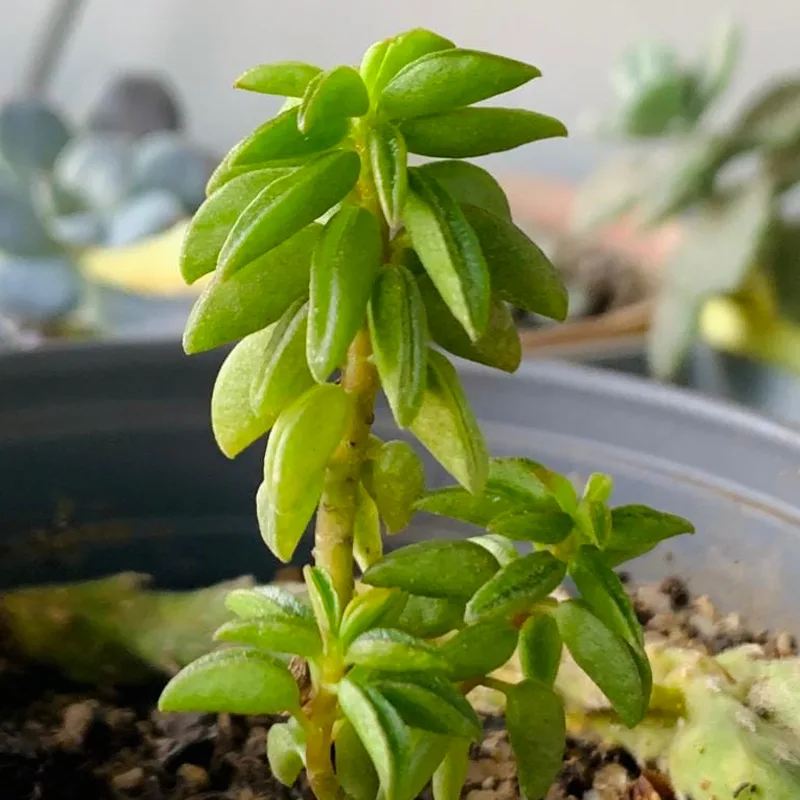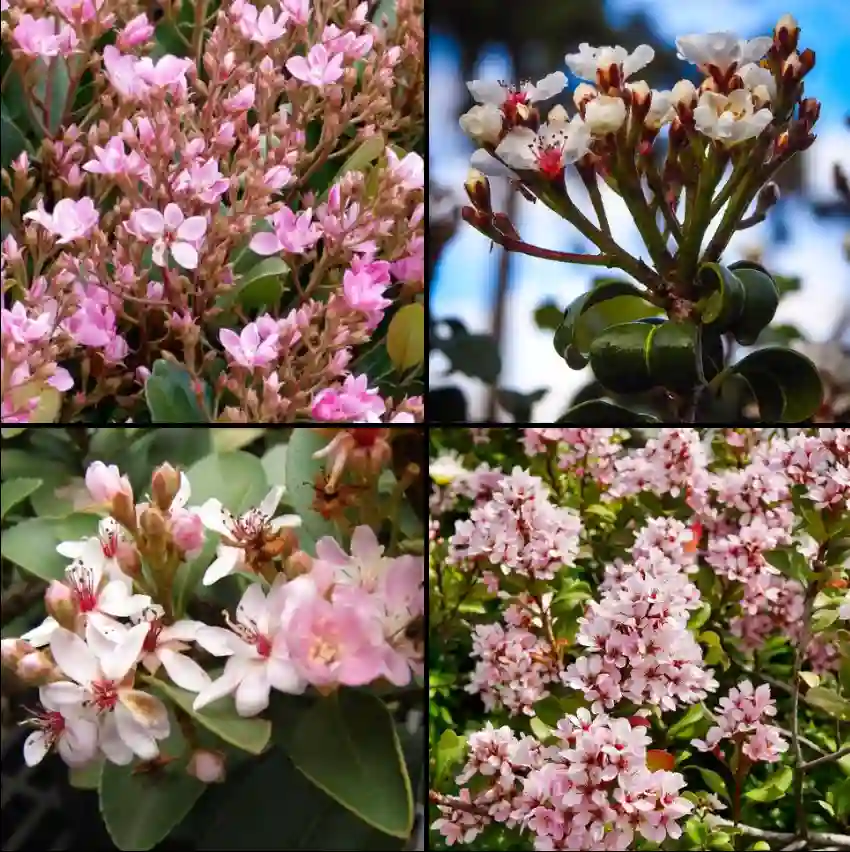Pellionia Repens: A Comprehensive Guide
Pellionia Repens, commonly known as the Trailing Pellionia, belong to the Urticaceae family, is a fascinating plant that has garnered attention for its unique appearance and relatively simple care requirements. Having cultivated this plant myself, I’ve compiled answers to some frequently asked questions about Pellionia Repens, covering everything from propagation to common problems.
Plant Family: 59 Genera in Urticaceae – Nettle Family
What Is Pellionia Repens?
Pellionia Repens is a small, trailing plant native to Southeast Asia. It’s admired for its attractive, heart-shaped leaves and its ability to thrive in low-light conditions. The plant’s foliage is typically dark green with a hint of silver or purple, which adds to its ornamental appeal. Its trailing nature makes it a popular choice for hanging baskets or as a ground cover in terrariums.
How to Care for Pellionia Repens?
Caring for Pellionia Repens is quite straightforward. It prefers indirect light, which means it should be placed away from direct sunlight to avoid leaf burn. A bright spot with filtered light works best. The plant enjoys a humid environment, so if you’re growing it indoors, consider using a humidity tray or a room humidifier to keep it comfortable.
Watering is another crucial aspect of care. Pellionia Repens likes its soil to be kept consistently moist but not waterlogged. Allow the top inch of soil to dry out between waterings. Overwatering can lead to root rot, so it’s essential to ensure proper drainage in the pot. I recommend using a well-draining potting mix to keep the roots healthy.
How to Propagate Pellionia Repens?
Propagating Pellionia Repens is a rewarding process and can be done through cuttings. To start, take a cutting from a healthy plant. Ensure that the cutting has at least one leaf node. Remove any excess foliage from the cutting and dip the end in rooting hormone if desired, although it’s not always necessary.
Place the cutting in a small pot with a well-draining potting mix. Keep the soil moist and cover the pot with a plastic bag or a clear plastic dome to maintain humidity. In a few weeks, the cutting should develop roots. Once the roots are well-established, you can transplant the new plant into a larger pot or directly into your garden.
What to Plant with Pellionia Repens?
Pellionia Repens pairs well with other low-light and humidity-loving plants. In a terrarium, you might consider combining it with ferns, mosses, or small bromeliads. These plants share similar care requirements and can create a lush, green environment. In hanging baskets or mixed containers, Pellionia Repens looks stunning alongside plants like Peperomia or Pilea, which have complementary growth habits and care needs.
Can You Grow Pellionia Repens Indoors?
Absolutely, Pellionia Repens is well-suited for indoor environments. Its tolerance for low light makes it an excellent choice for rooms with less natural sunlight. Indoor growth also helps maintain the humidity level that Pellionia Repens thrives on. Just be mindful of its water and humidity needs to ensure it remains healthy and vibrant.
Is Pellionia Repens Toxic?
Pellionia Repens is not known to be toxic to humans or pets. However, as with all houseplants, it’s a good practice to keep it out of reach of small children and pets, just in case. If ingested, it might cause mild gastrointestinal upset, but serious effects are unlikely.
Benefits of Pellionia Repens
One of the key benefits of Pellionia Repens is its ability to thrive in lower light conditions, making it ideal for indoor gardening. Its trailing growth habit also makes it a great choice for adding greenery to vertical spaces. Additionally, its low-maintenance care requirements make it an accessible plant for both beginners and seasoned plant enthusiasts.
Common Problems with Pellionia Repens
While Pellionia Repens is relatively hardy, it can encounter a few issues. The most common problem is root rot, usually caused by overwatering or poor drainage. To prevent this, ensure that your plant is in a pot with good drainage and that you’re not overwatering.
Pellionia Repens can also experience issues with pests like spider mites or aphids. Regularly check the undersides of leaves and treat any infestations promptly with insecticidal soap or neem oil.
Comparing Pellionia Repens with Similar Plants
If you’re considering Pellionia Repens, you might also look at similar plants like the Pilea Peperomioides or the String of Hearts (Ceropegia woodii). Both of these plants have trailing habits and can thrive in similar conditions. However, Pellionia Repens stands out with its unique leaf shape and its preference for higher humidity compared to the other two.
In conclusion, Pellionia Repens is a delightful plant with unique characteristics that make it a valuable addition to any indoor garden. Its ease of care, attractive appearance, and propagation simplicity are just a few reasons why it’s worth considering. Whether you’re a seasoned plant enthusiast or a beginner, Pellionia Repens is a plant that can add charm and greenery to your space with minimal fuss.
If i die, water my plants!



